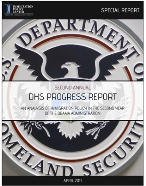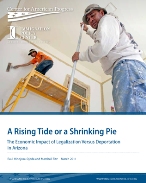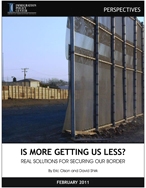Number Holds Steady at 11 million, Three-Fifths Have Been Here More Than a Decade
Recent estimates from the Pew Hispanic Center and the Department of Homeland Security (DHS) indicate that the number of unauthorized immigrants in the United States has remained unchanged at roughly 11 million since 2009. This comes after a two-year decline of approximately one million that corresponded closely to the most recent recession, which ran from December 2007 to June 2009. Despite that decline, the new data make clear that the current population of unauthorized immigrants is very much part of the social and economic fabric of the country. Three-fifths of unauthorized immigrants have been in the United States for more than a decade. Unauthorized immigrants comprise more than one-quarter of the foreign-born population and roughly 1-in-20 workers. Approximately 4.5 million native-born U.S.-citizen children have at least one unauthorized parent. While the largest numbers of unauthorized immigrants are concentrated in California and Texas, there also are sizable unauthorized populations in Florida, New York, New Jersey, Illinois, Georgia, North Carolina, and Maryland. In short, unauthorized immigrants who are already in the country have become integral to U.S. businesses, communities, and families.
The size of the unauthorized population has remained unchanged at roughly 11 million since 2009.Read more...
Published On: Tue, Mar 22, 2011 | Download File






